Answers to the Teaching problems of hand-made Coffee (1)
Many friends saw that I posted photos of the cadets' hand-made coffee in the moments, some of which were different from theirs in operation, and sent messages asking why they were different from theirs. Today, I would like to sum up the problems and explain them one by one. I do not object to other people's methods, because in my understanding, the technique is not important, the important thing is the taste, the technique only serves the taste. The most important thing is to reproduce the taste, that is to say, the difference in the taste of each cup of coffee will not be too big. There must be a reason for the existence of a certain technique. I do not want professionals to fight right or wrong with me, or to be unprofessional. I hope you can come here and have a taste before you make a definition.
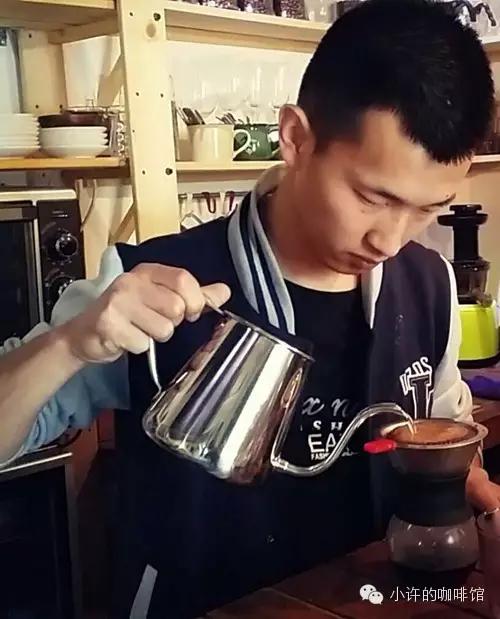
Question1: why is it not weighed under your filter when coffee is extracted?
Answer: if you want to weigh, you need to know the purpose of weighing. The premise of weighing is that you know the baking degree and baking time of your beans, and the taste you want to embody. Under this premise, adjust the grinding degree, water temperature, water injection speed and method, extraction time, and finally the weight of the extraction. Everything is a strict quantification process, and your product has been strictly planned before it is made. The barista who won the exquisite production in the competition will make it so accurately, on the contrary, you have to ask: what if the time of your beans is uncertain? For example, can the quantitative taste of No. 1 baked beans be consistent with that of No. 1 on the 10th?

The person in charge said that it is definitely impossible, which means that even if all the procedures, steps, and techniques are quantified, the state of beans changes with time, and there is no way to control this. Of course, the purpose of quantification is for taste, even if the ratio of gouache and powder and the weight of extraction are strictly controlled, the taste of the bean will change, and the taste of the product will also change, which needs to be changed when we make it.
I have no objection to using the scale, or the strict gouache ratio and extraction weight, and the specified extraction time to quantify all the beans, but only for a certain day, a certain time, and the flavor characteristics you need. so that the taste will be what you expect.
In my teaching, I will not let junior students use the name, but I will tell each student to use tasting as the beginning of coffee learning, to master the correct flavor, to learn to observe the state of beans during extraction, and to learn to grasp the flavor embodied in this state. and then to determine the speed and method of water injection; according to the baking degree and time of beans, select the filter, choose the water temperature and grinding degree. Of course, the premise of all this is that students need to master the flavor. When the students operate at home or in the store, it is impossible to use up the coffee beans in one day, so in less than two weeks, under the premise that the coffee flavor still exists, a lot of changes need to be made in order to reproduce the taste or make the taste they like.
Speaking of which, the flavor of coffee has been decided at the time of harvest, and the taste of coffee has also been determined after roasting. All we can do is to adjust the intensity and taste of the taste. You can't change the flavor. Skilled production and unskilled production, the biggest difference is whether to produce a good taste and taste, whether to better highlight and reflect the flavor.
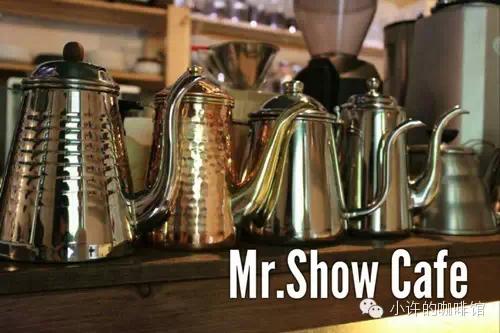
Question2: why don't you iron the filter paper when you make coffee?
Answer: so what is the purpose of ironing filter paper? There will be many ways to answer, for example, most people will say that it is to remove the smell of pulp; others will say that it is to let the filter cup and filter paper have a temperature, the so-called warm cup, in the extraction, the taste will be more complete; of course, a few people will say that's what the teacher taught.
If it is said that the taste of the pulp is too strong, I can only say that the filter paper you choose is not brand-grade filter paper, no matter how hot the filter paper, the pulp taste is lingering, will also be mixed in the coffee liquid. Then you need to improve the choice of coffee filter paper and choose the most popular brand filter paper.
If in order to warm the cup, then ask, what is the principle of groove design in the coffee filter cup? In the process of warming the cup, if the filter cup is wet and the filter paper is wet, then the filter cup and the filter paper will stick together tightly. When steaming, the grooves originally designed to discharge gas will be pasted by the filter paper, and the gas will gush out from the inside of the coffee. The so-called coffee surface bubbles when steaming, which will destroy the good filter layer formed when steaming. If you have ever seen bubbles appear when your coffee is steaming, this phenomenon will destroy the speed and state of coffee extraction in the later stage, which in turn destroys the taste of coffee.
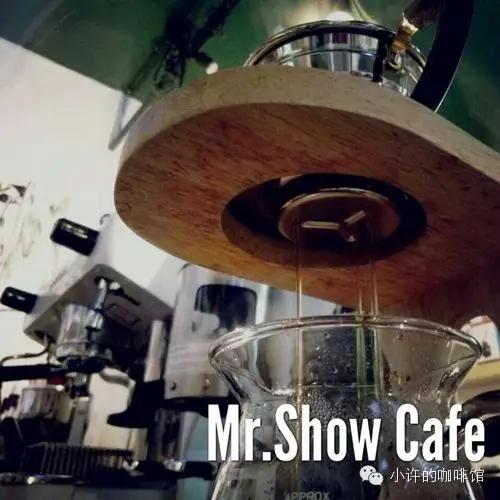
Question3: describe the extraction principle that you understand?
Answer: the extraction principle I emphasized has only two words: living water.
The so-called live water extraction is the process of adjusting the flow of water to pass through the coffee powder at a uniform speed to allow flowing water to extract coffee ingredients. In the process of teaching, I often give an example: if two filter cups, one filled with sand and the other filled with stone, of the same quality, we inject water into both cups at the same time and ask: which one will seep faster? The answer is obviously stone, yes, the quality of stone is relatively large, there are more gaps between particles, and the water will penetrate better, and the state before coffee powder brewing is sand. If it is not fresh or the brewing technique does not adapt to the undulating state of coffee, it will always be sand, the speed of water infiltration is very slow, resulting in stagnant water, soaking for too long, the taste is miscellaneous and astringent. So fresh beans in the right way, the good gap formed between the particles during steaming, so that the sand state of coffee powder into stone, is one of the prerequisites for water to evenly extract good taste from coffee.
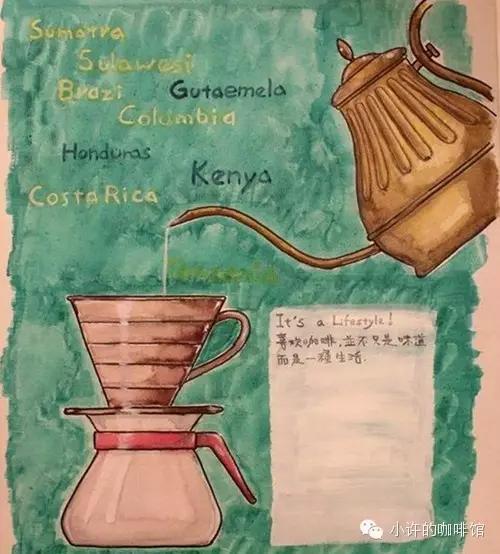
So how to let the water pass through evenly?
Here, we have to mention that the good premise of the espresso machine is that providing a stable pump pressure is one of the important prerequisites for extracting coffee. Hand-brewed coffee and Italian coffee are also similar, so how do we provide stable pressure? yes, it is in the extraction, adjust the position of water in the filter cup, maintain the same water pressure, the speed of underwater infiltration can be consistent. The speed of injection water is the same as that of outflow water, so that the so-called uniform extraction of living water can be formed. When black coffee is extracted, under the premise of fresh beans, what we are adjusting is the water temperature, the degree of grinding, the gap between coffee particles, the distribution of coffee grounds at the bottom of the filter cup and the wall of the cup, the flow rate of water injection, and the flow rate of outflow. As long as these factors are combined with the state of water injection, coffee can be extracted more evenly, the essence flavor can be retained, and stagnant water extraction will not occur. It will not cause insufficient extraction because the flow rate is too fast. In the final analysis, it is the flow rate that affects the taste of coffee.
Today, let's first summarize these three questions, which are also the ones that interact most with Xiao Xu on the Internet. I hope to solve your doubts today. I would like to mention here that each boutique coffee shop will have its own unique practice. in the words of Mr. Taguchi, we have to judge good and bad first, and then to judge good and bad, good and bad is the objective premise, and good and bad is the supervisor's assumption. If you don't like drinking, even if I give you Maotai, it's not good, so good coffee is not necessarily good, but bad coffee must be bad. Thank you.
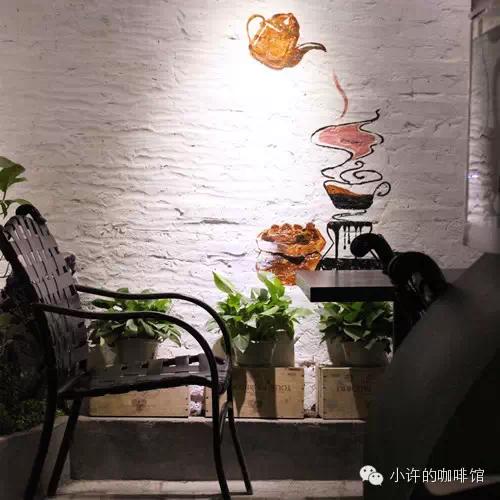
Source: Wechat public platform mrshowcafe
Important Notice :
前街咖啡 FrontStreet Coffee has moved to new addredd:
FrontStreet Coffee Address: 315,Donghua East Road,GuangZhou
Tel:020 38364473
- Prev
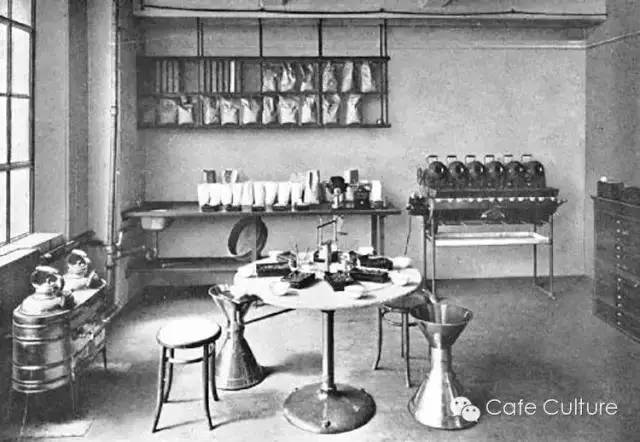
Professional and technical paste 4 methods to teach you to identify the quality of raw beans
Purchasing raw beans is one of the most important and interesting jobs for every coffee roaster. Picking raw beans is like picking your favorite candy in a candy store. The average home baker can buy coffee beans according to the name, origin and product description of raw beans. Even if you buy it wrong, the loss is no more than $5, which is purely a lesson. But for real majors,
- Next
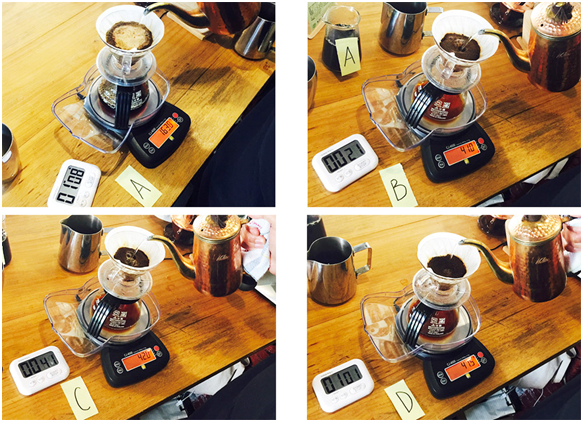
The influence of steaming or not and duration on coffee brewing (part two)
Last time we used the Smart Cup to get objective data on whether it was steaming or not and how long it lasted. Learn from the senses that with the increase of steaming time, the acidity decreases, and the sense of sweetness and stickiness increases. The overall flavor gradually moved backward, and more complex. From the display on TDS and EXT, we know that with the increase of steaming time, the values of TDS and EXT show a downward trend. And I.
Related
- What is the meaning of lactic acid fermentation with coffee bean treatment?
- How to judge the state of foam by sound?
- How does the latte pull out the unicorn pattern? Come to get for a little trick to improve the flower pull!
- Will flower pulling affect the taste of the latte?
- Do you know the history of coffee?
- The difference between honey treatment and sun washing what is raisin honey treatment?
- What kind of milk can a novice use to make coffee foam to keep the foam longer? The correct method and skills of milking tutorial sharing
- Why do washed coffee beans taste sour? Flavor characteristics of washed Coffee
- Introduction to the skill of how to practice the size and height of water injection around the circle of hand-brewed coffee
- How do beginners practice coffee flower drawing from scratch?

